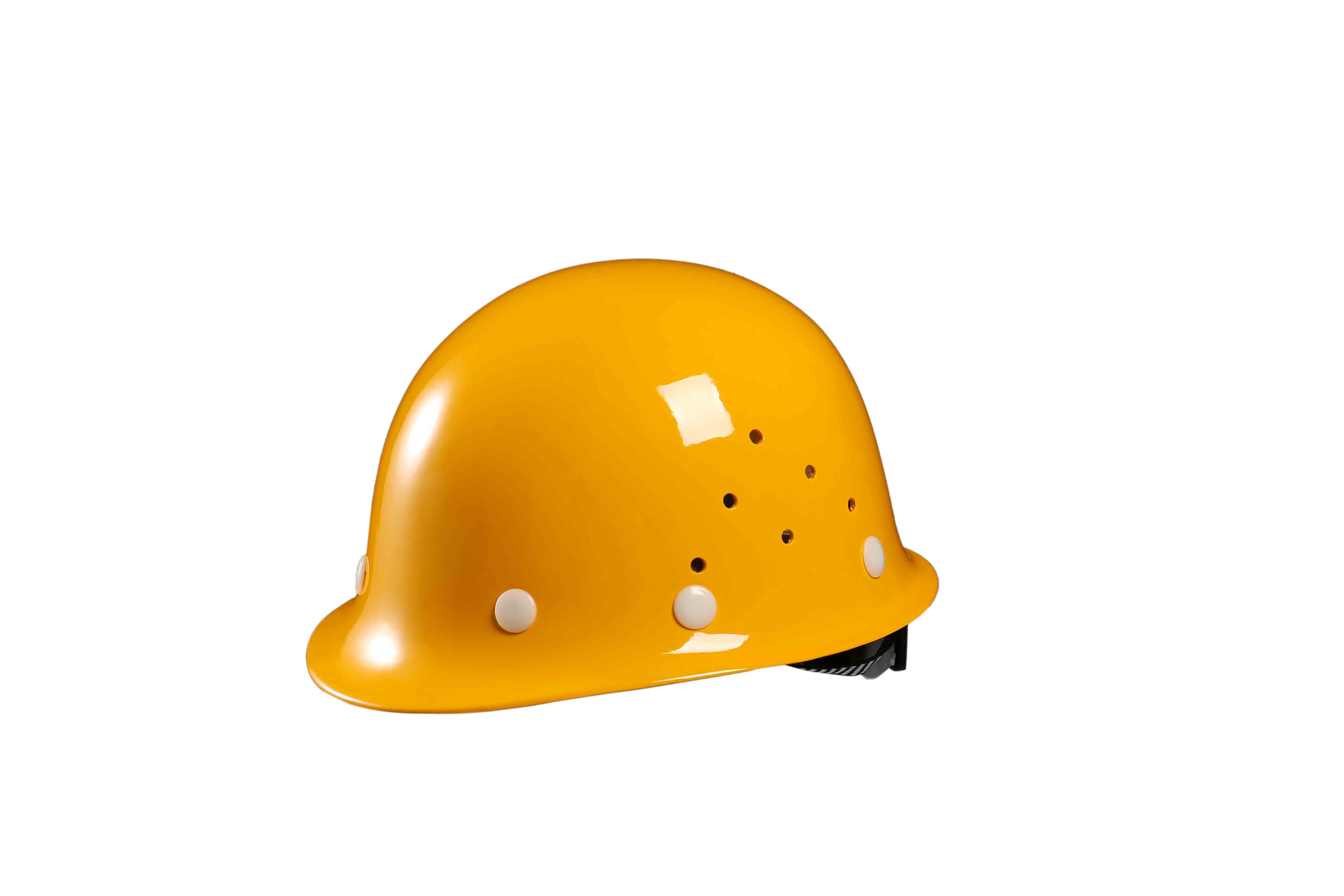Enhancing Worker Safety with Effective Construction Site Apparel in China
Safety Clothing on Construction Sites in China
Construction sites play a critical role in the development of urban infrastructure in China, a nation that has undergone rapid urbanization in recent years. However, this growth comes with inherent risks, making safety a top priority. One of the most vital aspects of ensuring safety on construction sites is the use of appropriate safety clothing. This article discusses the importance of safety clothing in China’s construction industry and the regulations in place to protect workers.
Safety clothing, or personal protective equipment (PPE), is designed to safeguard workers against the numerous hazards present on construction sites. These hazards can range from falling objects, sharp tools, and hazardous materials, to environmental conditions like extreme temperatures. The primary types of safety clothing used on construction sites include helmets, high-visibility vests, gloves, safety footwear, and protective eyewear.
In China, regulations governing the use of safety clothing are outlined in the Occupational Safety and Health Law, which mandates that employers provide appropriate PPE to workers and ensure its proper use. The law stipulates that safety gear must meet certain quality standards and that workers receive training on its proper use. This regulatory framework aims to minimize the risk of accidents and injuries, fostering a culture of safety in the construction industry.
High-visibility clothing is particularly important on construction sites due to the potential presence of heavy machinery and vehicles. Bright colors, such as fluorescent yellow or orange, enhance workers' visibility, particularly in low-light conditions or busy areas. This prevents accidents and ensures that workers can easily spot one another, promoting a safer work environment.
china construction site safety clothing

Another essential component of safety clothing is protective footwear. Construction sites can be fraught with risks such as heavy materials and sharp objects that could cause injuries. Steel-toed boots are commonly used to protect against these threats. These boots not only shield feet from falling objects but also provide slip resistance and support, reducing the risk of workplace-related injuries.
Additionally, workers handling hazardous materials must wear specialized clothing that meets strict safety standards. This may include gloves that resist chemicals, breathable coveralls for protection against harmful dust, and masks to filter out airborne particles. These measures are crucial for protecting workers' health and preventing long-term exposure to hazardous substances.
Despite the legal obligations and the availability of safety clothing, compliance can sometimes be an issue on Chinese construction sites. A lack of enforcement, ignorance about the importance of PPE, or cost-cutting measures by some employers can lead to insufficient use of safety gear. This underscores the need for ongoing education and training programs to emphasize the importance of personal safety equipment and adherence to safety protocols.
To foster a culture of safety, construction companies in China must prioritize comprehensive safety training and make safety clothing readily accessible to all workers. This not only involves supplying high-quality safety equipment but also reinforcing its use through regular safety drills and education on the potential hazards of the construction environment.
In conclusion, safety clothing is an indispensable aspect of construction site safety in China. With the rapid growth of the construction industry, the need to protect workers from accidents and injuries is more pressing than ever. By adhering to safety regulations, providing adequate training, and promoting a safety-first culture, stakeholders in the construction sector can significantly reduce the risks associated with this vital industry. Ensuring that every worker is equipped with appropriate safety clothing is not only a regulatory requirement but a moral imperative that contributes to the overall welfare of the workforce.
-
Wholesale Safety Helmets - Cheap OEM Supplier China Manufacturer
NewsMay.30,2025
-
Top Safety Helmet Manufacturers in Japan - Durable & Certified
NewsMay.30,2025
-
Affordable 3M Safety Helmets in Pakistan Bulk Pricing & Factory Deals
NewsMay.30,2025
-
Affordable HDPE & EN397 Hard Hats - Safety Certified, Bulk Deals
NewsMay.29,2025
-
FDA-Compliant Food Safety Clothing Suppliers Health Dept Approved
NewsMay.29,2025
-
adidas safety clothing
NewsMar.07,2025
